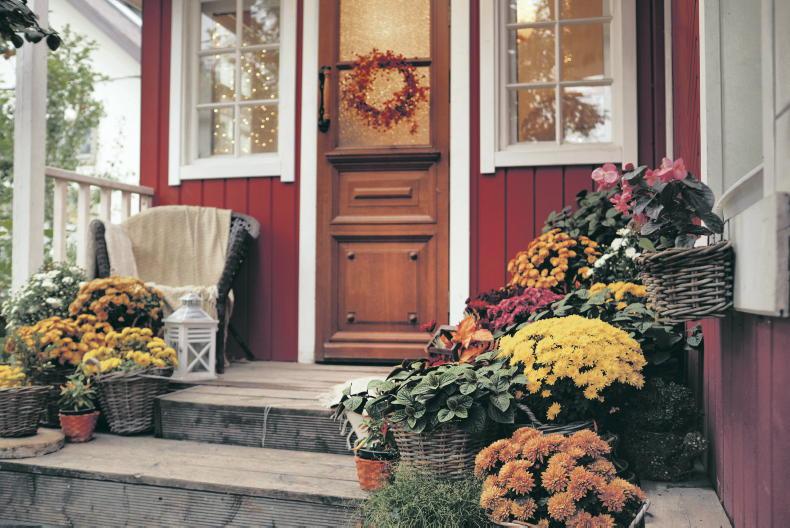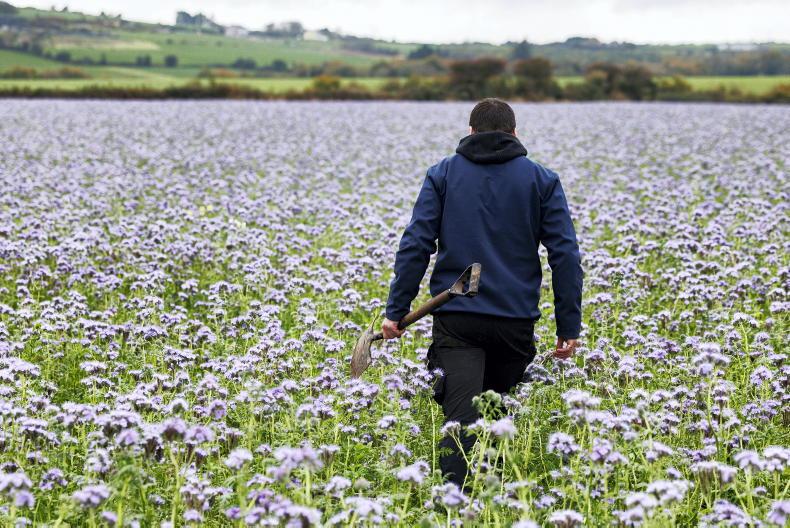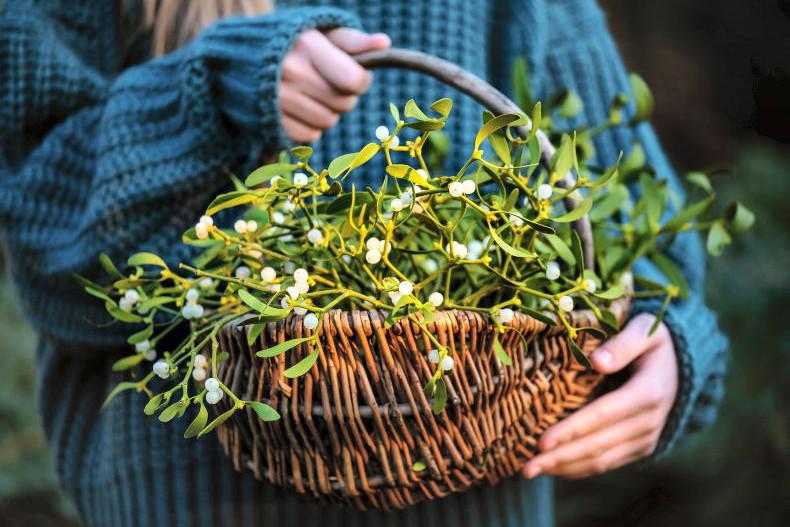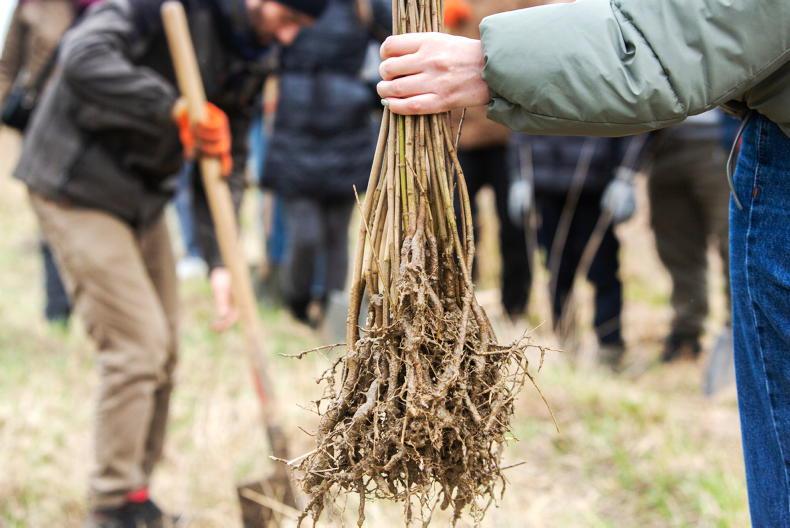Botanical name: Penstemon
Penstemon is related to foxgloves, Scrofulaceae, the family resemblance is very obvious. Although the trumpet-shaped flowers are not as long as those of the foxglove and they flare more at the mouth, they are very similar.
The penstemon flowers are also carried on a spire-shaped flower stem but these are not as rigid or as tall as the foxglove.
When it comes to colour, the penstemon wins hands down; it has a wide range of colours from white and palest pink, bright scarlet-red and pale blue-purple to deep blackberry colours. These colours have been achieved by crossing several species and selecting the best.
Growing penstemon
Penstemons are not very hardy but will survive for many years outdoors in mild areas, only being killed by very severe, prolonged frost.
It is always a good policy to take a few cuttings in mid-summer each year as insurance against losing the parent plant. They root easily and grow very fast to replace the lost plants. Or divide the plant clump in autumn or spring.
The hardiest kinds are the ones with narrow leaves and narrow tubular flowers. This would appear to be an adaptation to resist winter cold damage. The varieties with broader leaves and flowers are those which must be protected or have cuttings taken.
Another way to grow penstemons is to use the seed-raised varieties. This is a very cheap way to have masses of flowering plants for summer.
They are very easy to raise from seeds sown in early March, ideally with a touch of warmth in a propagator.
The little seedlings can be grown on in small pots and planted out towards the end of March in rich ground. These varieties are broad-leaved and have large, open trumpets and they sometimes survive frost in a mild winter or in a mild garden.
The colours of these varieties are usually mixed and are a real delight at this time of year.
The seed-raised kind might suit a new garden on a tight budget with lots of space to fill, whereas the named hardy perennial kinds would be more suitable for older, more mature gardens.
Wall pepper
Wall pepper is a wildflower that grows on walls and rocks in many parts of the country. It is also called Stonecrop, which is also generally used for other sedums.
The plant is known as wallpepper because of the slightly peppery taste. The starry flowers are held in a bunch of several dozen and open in midsummer, just finishing off.

Wall pepper is a wildflower that grows on walls and rocks in many parts of the country.
The plant is generally no more than about 15cm. It is found often in coastal areas. The interesting thing about wallpepper is that it is often found growing in fairly deep shade, while being a succulent species that stores water in its jelly-beam leaves.
Most wild plants that grow in the shade of trees use bulbs or fleshy rhizomes to contain reserves of water during the drier months of summer. Sedum, by contrast, forms juicy, rounded leaves on the stems, which can break off and put out roots for new plants.
It is a long-lived plant, pretty in its flowering, evergreen year-round at a low level. Plant it once and you will enjoy it for years to come.
Flowers
It is vital to continue to feed baskets and other containers on a regular basis and watering too, even though the task might be getting a bit tiresome at this stage – there is still at least two months of flower on some of these containers.
Stay on top of weeding in flower beds and borders. Prevent weeds going to seed now.
Fruit, vegetables and herbs
Raspberry canes that have finished fruiting could be pruned out and new canes tied into position. If there are too many canes, reduce the number to about 10 or 15 per metre a row.
Summer pruning of apples and pears could be carried out now to reduce vigour and increase cropping.
Vegetables to overwinter could be sown, for instance, lettuce and spring onions. Spring cabbage should be sown without delay.
Lawn
The intensive wet spell a few weeks back gave a great opportunity? to put out some badly needed lawn fertiliser. When fertiliser is well-washed in with plenty of rain in summer, it is remarkable how fast it brings a surge of growth.
Lawns made a dramatic turn-around. No fertiliser is given to a wild flower lawn but these will have benefited from the rain, too and could in many cases be given a hard cutback to reinvigorate them.
Trees, shrubs and roses
Take out spent flower shoots of roses about half-way down to encourage late flowers.
If new areas are to be planted with trees this autumn, especially small plants for woodland or shelter planting, clear existing vegetation with two applications of Roundup or similar glyphosate-based spray.
Check young trees for signs of drought, the next two months is the key time when they build up sugars to get them over winter.
Greenhouse and house plants
Take cuttings of geraniums and fuchsias soon to overwinter for next year. Continue watering and feeding greenhouse plants, especially those in flower or likely to flower in autumn or winter, such as Christmas cactus and indoor azalea.
Continue to train and side-shoot tomatoes and cucumbers.
Botanical name: Penstemon
Penstemon is related to foxgloves, Scrofulaceae, the family resemblance is very obvious. Although the trumpet-shaped flowers are not as long as those of the foxglove and they flare more at the mouth, they are very similar.
The penstemon flowers are also carried on a spire-shaped flower stem but these are not as rigid or as tall as the foxglove.
When it comes to colour, the penstemon wins hands down; it has a wide range of colours from white and palest pink, bright scarlet-red and pale blue-purple to deep blackberry colours. These colours have been achieved by crossing several species and selecting the best.
Growing penstemon
Penstemons are not very hardy but will survive for many years outdoors in mild areas, only being killed by very severe, prolonged frost.
It is always a good policy to take a few cuttings in mid-summer each year as insurance against losing the parent plant. They root easily and grow very fast to replace the lost plants. Or divide the plant clump in autumn or spring.
The hardiest kinds are the ones with narrow leaves and narrow tubular flowers. This would appear to be an adaptation to resist winter cold damage. The varieties with broader leaves and flowers are those which must be protected or have cuttings taken.
Another way to grow penstemons is to use the seed-raised varieties. This is a very cheap way to have masses of flowering plants for summer.
They are very easy to raise from seeds sown in early March, ideally with a touch of warmth in a propagator.
The little seedlings can be grown on in small pots and planted out towards the end of March in rich ground. These varieties are broad-leaved and have large, open trumpets and they sometimes survive frost in a mild winter or in a mild garden.
The colours of these varieties are usually mixed and are a real delight at this time of year.
The seed-raised kind might suit a new garden on a tight budget with lots of space to fill, whereas the named hardy perennial kinds would be more suitable for older, more mature gardens.
Wall pepper
Wall pepper is a wildflower that grows on walls and rocks in many parts of the country. It is also called Stonecrop, which is also generally used for other sedums.
The plant is known as wallpepper because of the slightly peppery taste. The starry flowers are held in a bunch of several dozen and open in midsummer, just finishing off.

Wall pepper is a wildflower that grows on walls and rocks in many parts of the country.
The plant is generally no more than about 15cm. It is found often in coastal areas. The interesting thing about wallpepper is that it is often found growing in fairly deep shade, while being a succulent species that stores water in its jelly-beam leaves.
Most wild plants that grow in the shade of trees use bulbs or fleshy rhizomes to contain reserves of water during the drier months of summer. Sedum, by contrast, forms juicy, rounded leaves on the stems, which can break off and put out roots for new plants.
It is a long-lived plant, pretty in its flowering, evergreen year-round at a low level. Plant it once and you will enjoy it for years to come.
Flowers
It is vital to continue to feed baskets and other containers on a regular basis and watering too, even though the task might be getting a bit tiresome at this stage – there is still at least two months of flower on some of these containers.
Stay on top of weeding in flower beds and borders. Prevent weeds going to seed now.
Fruit, vegetables and herbs
Raspberry canes that have finished fruiting could be pruned out and new canes tied into position. If there are too many canes, reduce the number to about 10 or 15 per metre a row.
Summer pruning of apples and pears could be carried out now to reduce vigour and increase cropping.
Vegetables to overwinter could be sown, for instance, lettuce and spring onions. Spring cabbage should be sown without delay.
Lawn
The intensive wet spell a few weeks back gave a great opportunity? to put out some badly needed lawn fertiliser. When fertiliser is well-washed in with plenty of rain in summer, it is remarkable how fast it brings a surge of growth.
Lawns made a dramatic turn-around. No fertiliser is given to a wild flower lawn but these will have benefited from the rain, too and could in many cases be given a hard cutback to reinvigorate them.
Trees, shrubs and roses
Take out spent flower shoots of roses about half-way down to encourage late flowers.
If new areas are to be planted with trees this autumn, especially small plants for woodland or shelter planting, clear existing vegetation with two applications of Roundup or similar glyphosate-based spray.
Check young trees for signs of drought, the next two months is the key time when they build up sugars to get them over winter.
Greenhouse and house plants
Take cuttings of geraniums and fuchsias soon to overwinter for next year. Continue watering and feeding greenhouse plants, especially those in flower or likely to flower in autumn or winter, such as Christmas cactus and indoor azalea.
Continue to train and side-shoot tomatoes and cucumbers.










SHARING OPTIONS